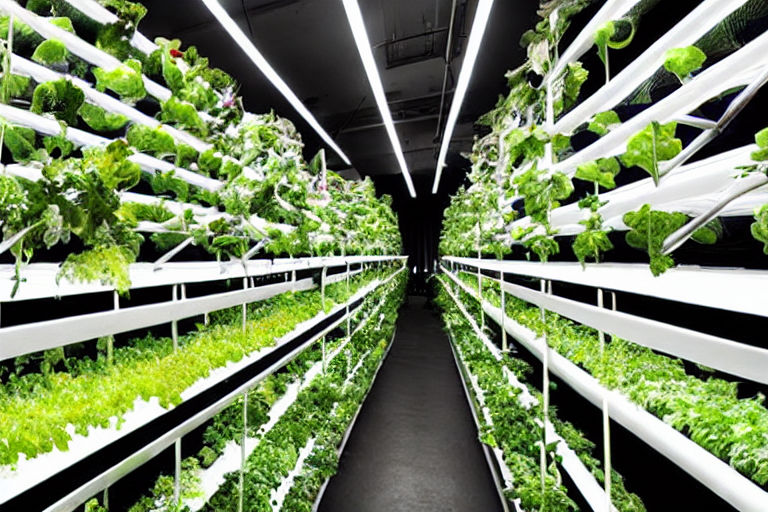The Future of Sustainable Food: Innovations and Trends to Watch
Food production has been changing rapidly over the past few decades. From industrial farming to small, urban gardens, the way we grow and consume our food is shifting towards sustainability. Here are some of the top innovations and trends that will shape the future of sustainable food.
Vertical Farming
Vertical farming is a vertical solution to food production, where crops are grown in stacks or layers instead of on a single flat surface. This technique allows farmers to grow more food in less space by stacking layers of hydroponic trays, often in controlled conditions indoors. Vertical farming has the potential to increase crop yields and reduce the amount of water and pesticides needed for food production.
Plant-Based Diets
Plant-based diets are gaining popularity as people become more aware of the environmental impact of meat production. According to the World Resources Institute, producing one kilogram of beef requires 15,415 litres of water, compared to 322 litres for one kilogram of vegetables. Plant-based diets not only have a lower environmental impact but also offer health benefits such as lower risk of heart disease and type 2 diabetes.
Lab-Grown Meat
Lab-grown meat or cultured meat is meat produced by culturing animal cells in a lab setting. This new technology could revolutionize meat production by reducing greenhouse gas emissions, land use, and animal suffering. Lab-grown meat is also more sustainable than traditional meat production, as it requires less water and land use.
Food Sharing Platforms
Food sharing platforms are becoming popular as a way to reduce food waste. These platforms help people share food that would otherwise go to waste, such as restaurant leftovers, imperfect produce, or surplus ingredients. By sharing food, we can reduce the amount of food that ends up in landfills, which contributes to greenhouse gas emissions.
Precision Agriculture
Precision agriculture uses technology such as sensors, satellites, and drones to monitor crops and optimize their growth. This technology allows farmers to reduce the amount of water and fertilizer needed for their crops while improving yields. Precision agriculture also reduces the use of pesticides, which can harm the environment and human health.
Conclusion
As we face the challenges of climate change, overpopulation, and food insecurity, sustainable food production is more important than ever. These innovations and trends are just a few examples of the many ways we can create a more sustainable food system. By adopting these practices and supporting sustainable food producers, we can build a better future for ourselves and the planet.



